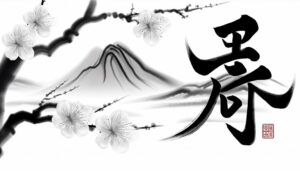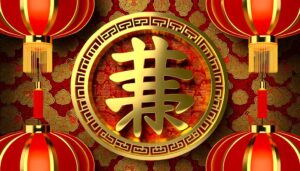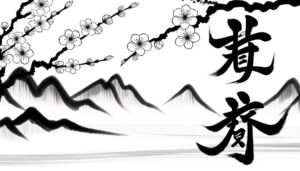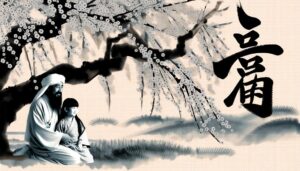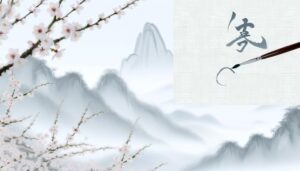Creating Art with Chinese Symbols for Mother and Daughter
The Chinese symbols for mother (母) and daughter (女子) are steeped in cultural significance. The mother symbol (母) combines elements denoting 'woman' and 'breast', reflecting nurturing and maternal roles, and dates back to the Shang Dynasty.
The daughter symbol (女子) encapsulates evolving gender roles in Chinese society. These symbols represent core Confucian values of strength, nurturing, and moral integrity within family dynamics.
Modern literature and art continue to explore and reinterpret these bonds. Together, these symbols signify an enduring connection that bridges traditional values and contemporary expressions.
Discover more about their profound cultural resonance.
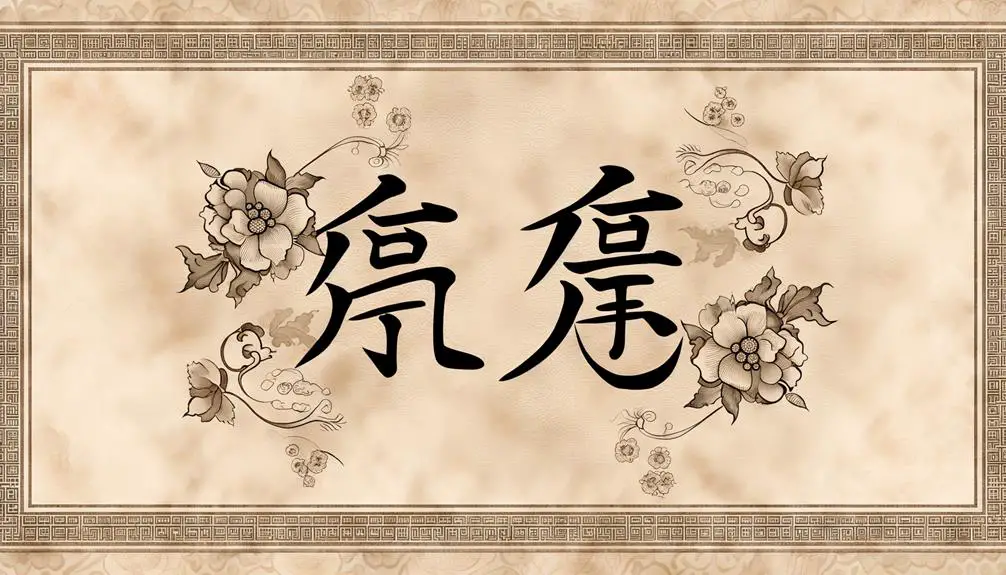
Key Takeaways
- The Chinese symbol for mother (母) reflects nurturing and maternal roles, composed of 'woman' (女) and 'breast' (毋) elements.
- The character for daughter (女子) symbolizes evolving gender roles and societal shifts over time.
- These symbols embody Confucian values, representing strength, nurturing, gentleness, and moral integrity within familial structures.
- Depictions in literature and art highlight the evolving mother-daughter bond from filial piety to individual expression.
- Modern usage includes tattoos and gifts, symbolizing enduring familial connections and bridging traditional and contemporary values.
Origins of the Mother Symbol
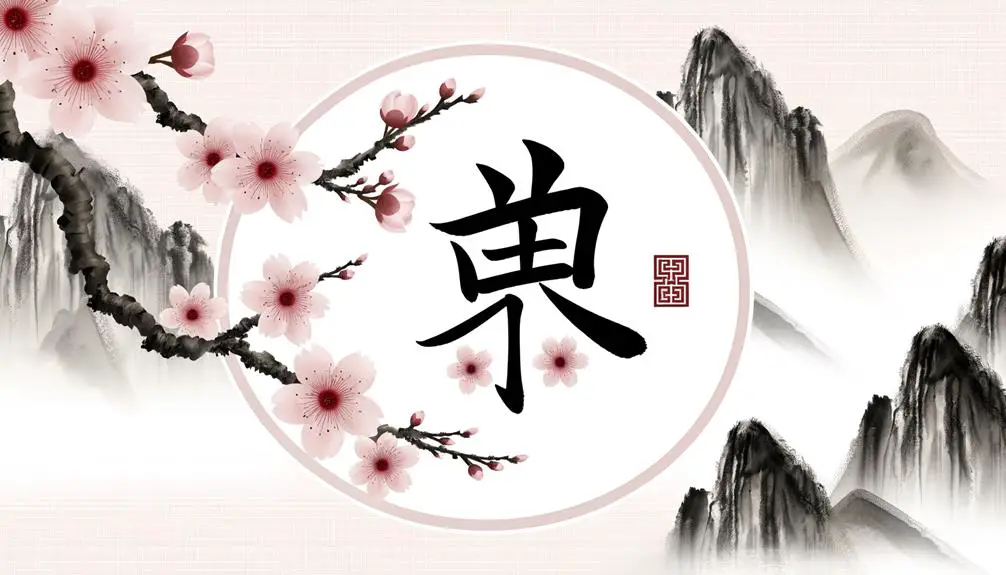
Tracing the origins of the Chinese symbol for mother (母), we find a rich tapestry of linguistic evolution, cultural significance, and historical context that reflects the profound reverence for motherhood in Chinese society.
The character itself, composed of the elements 'woman' (女) and 'breast' (毋), symbolically captures the nurturing essence of a mother. This ancient pictograph, used since the Shang Dynasty (circa 1600-1046 BCE), underscores the crucial role of maternal figures in familial structures and societal norms.
Comparatively, this emphasis on motherhood aligns with other agrarian cultures, where maternal figures are venerated as life-givers and caretakers. The enduring presence of \u6母 in modern script highlights a continuing cultural ethos that honors the indispensable contributions of mothers.
Evolution of the Daughter Symbol
Building on the profound cultural significance of the symbol for mother, the Chinese character for daughter (女子) similarly encapsulates the nuanced roles and expectations of women within the framework of familial and societal constructs. The character 女 (nǚ) has evolved to symbolize not just a biological daughter but a central figure in kinship and cultural legacies. Its evolution reflects shifts in societal norms, gender roles, and intergenerational relationships.
| Era | Symbol Variations | Societal Role |
|---|---|---|
| Ancient | 女 | Subservience |
| Medieval | 女子 | Domestic Sphere |
| Modern | 女 | Equal Partnerships |
This evolution underscores the complexity of female identity in Chinese culture, illustrating a shift from traditional expectations to more egalitarian views.
Cultural Significance of 母 (mǔ)
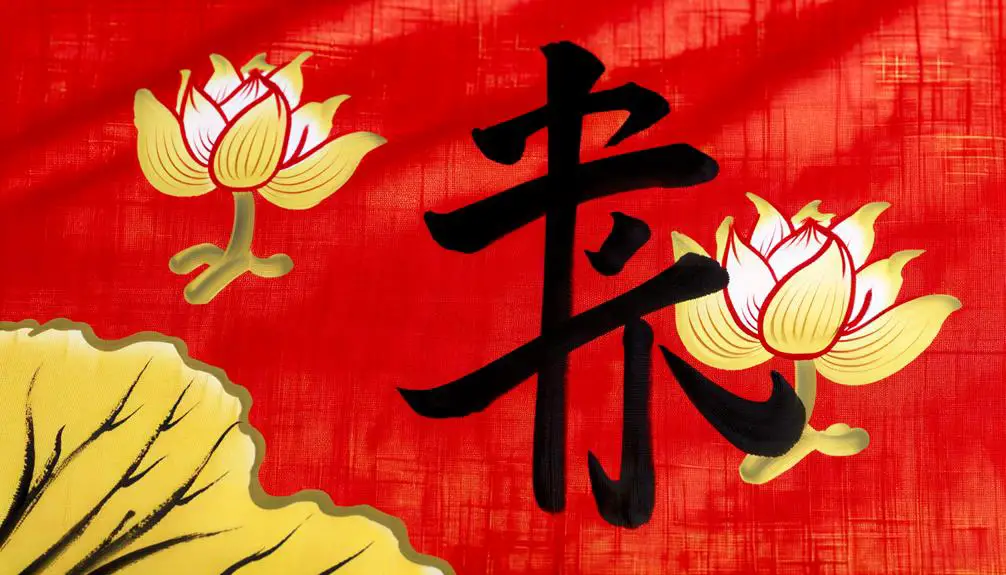
The character 母 (mǔ) holds profound historical significance, originating in ancient Chinese scripts where it symbolized the nurturing essence of motherhood.
In contemporary culture, this symbol transcends its literal meaning to encapsulate broader values of care, respect, and familial bonds.
Historical Context and Evolution
In ancient Chinese society, the character 母 (mǔ) for mother was not only a linguistic symbol but also a cornerstone of familial and social structure, reflecting deep-rooted Confucian values.
This ideogram evolved from pictographs depicting a nurturing figure, emphasizing the pivotal role of mothers in maintaining familial harmony and moral integrity.
- Confucian Doctrine: Mothers as primary moral educators.
- Pictographic Evolution: Shift from early depictions to standardized script.
- Rituals and Ancestry: Maternal figures in ancestral worship.
- Legal Codes: Mothers' rights and responsibilities codified in ancient laws.
- Literary References: Depictions in classical texts, reinforcing their societal roles.
These aspects underscore the historical significance and the evolving representation of 母 (mǔ) within Chinese culture.
Symbolism in Modern Culture
Reflecting the enduring respect and reverence for maternal roles, the character 母 (mǔ) continues to permeate modern Chinese culture, symbolizing the unwavering strength and nurturing essence of motherhood.
In contemporary society, 母 (mǔ) is prominently featured in literature, cinema, and social media, often representing the archetypal mother figure who embodies sacrifice, resilience, and boundless love.
Ethnographic studies reveal that this symbol resonates deeply within familial structures, maintaining its significance across generations.
Comparatively, similar reverence is seen in Western cultures with the term 'mother,' though the Chinese cultural context uniquely intertwines this symbol with filial piety and collective familial duty.
Therefore, 母 (mǔ) remains a profound cultural emblem, bridging historical traditions and modern familial values.
Symbolic Meaning of 女 (nǚ)
Understanding the symbolic meaning of 女 (nǚ) in Chinese culture requires an exploration of its historical and cultural significance, as well as its impact on societal roles and familial relationships.
The character 女, representing 'woman' or 'female,' is deeply embedded in traditional beliefs and practices. It is often associated with attributes such as gentleness, nurturing, and moral integrity, reflecting the Confucian ideals pervasive in Chinese society. The symbol's implications extend beyond individual identity, influencing collective perceptions of gender and family dynamics.
Key elements associated with 女 (nǚ) include:
- Historical roots: Originating from ancient pictographs depicting a kneeling woman.
- Confucian influence: Emphasizes traditional gender roles.
- Cultural symbolism: Represents femininity and maternal qualities.
- Social roles: Defines expectations within familial and societal structures.
- Visual language: Incorporated into numerous compound characters denoting female-related concepts.
Mother and Daughter in Literature
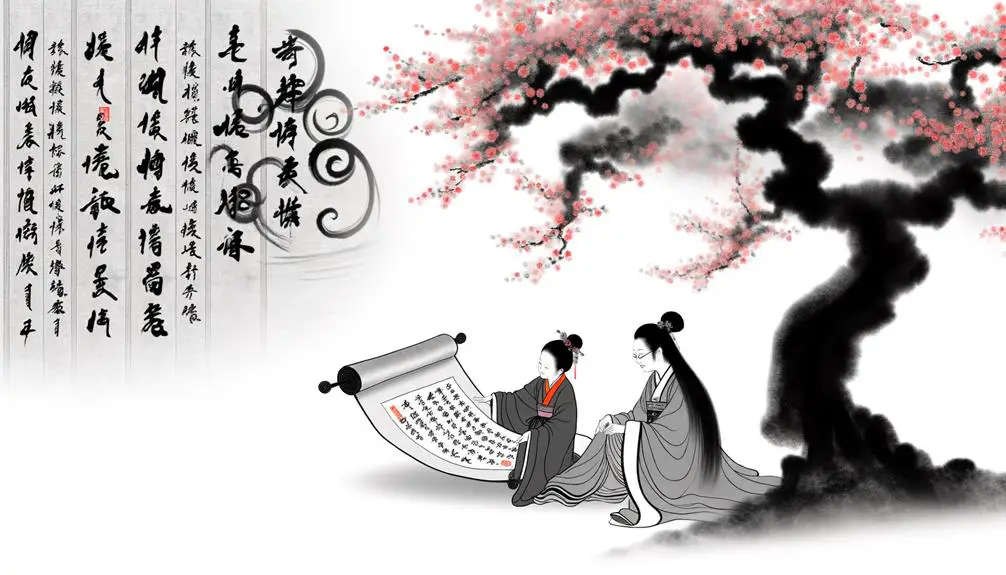
Examining the interplay between mother and daughter in literature reveals how the symbolic meaning of 女 (nǚ) permeates narratives, shaping characters and their relationships within the broader tapestry of Chinese cultural heritage.
In classic texts like 'The Story of the Stone,' the bond between mothers and daughters is a microcosm of societal structure and familial duty. Ethnographic scrutiny shows that such relationships often reflect Confucian values, emphasizing filial piety and generational continuity.
In modern literature, authors explore the evolving dynamics impacted by socio-political changes, juxtaposing traditional expectations with contemporary realities. Comparative analysis across time periods highlights both continuity and transformation, illustrating how the essence of 女 (nǚ) remains a potent symbol in understanding the evolving roles of women in Chinese society.
Depictions in Chinese Art
Depictions of the mother and daughter relationship in Chinese art often incorporate symbolic elements such as the lotus flower and the phoenix, which signify purity and familial bonds.
Historically, these portrayals have evolved from ancient calligraphy and ink wash paintings to contemporary multimedia expressions, reflecting shifts in societal values and gender roles.
Comparative analysis reveals that while traditional art forms emphasized filial piety and continuity, modern interpretations increasingly highlight individuality and emotional depth.
Symbolic Artistic Elements
In the rich tapestry of Chinese art, symbolic elements such as the characters for mother (母) and daughter (女) are often intricately woven into paintings, calligraphy, and ceramics, reflecting deep cultural values and familial bonds. These artistic depictions not only highlight the reverence for family but also convey nuanced emotional landscapes.
- Calligraphy Scrolls: Characters are artistically rendered, emphasizing the aesthetic harmony between form and meaning.
- Porcelain Vases: Delicate patterns incorporate these characters, symbolizing the nurturing roles within the family.
- Ink Wash Paintings: Depictions often feature maternal figures in serene landscapes, illustrating tranquility and care.
- Embroidered Textiles: Traditional garments and tapestries frequently showcase these symbols, signifying respect and affection.
- Wood Carvings: Intricate designs in home decor pieces serve as everyday reminders of familial devotion.
Historical Context and Evolution
Throughout Chinese history, the representation of mother and daughter in various art forms has evolved greatly, reflecting shifts in societal values, familial structures, and artistic conventions.
In early dynasties, such as the Han, depictions often emphasized Confucian ideals of filial piety and hierarchical family roles. Art from this period typically illustrated mothers nurturing young daughters within domestic settings.
By the Tang and Song dynasties, increased emphasis on individual emotional expression led to more intimate and nuanced portrayals, capturing tender moments of maternal bonding.
The Qing dynasty introduced Western artistic techniques, blending traditional themes with realism.
Modern depictions continue to evolve, incorporating contemporary themes and media, yet consistently emphasize the enduring significance of the mother-daughter relationship in Chinese culture.
Calligraphy and Symbolism
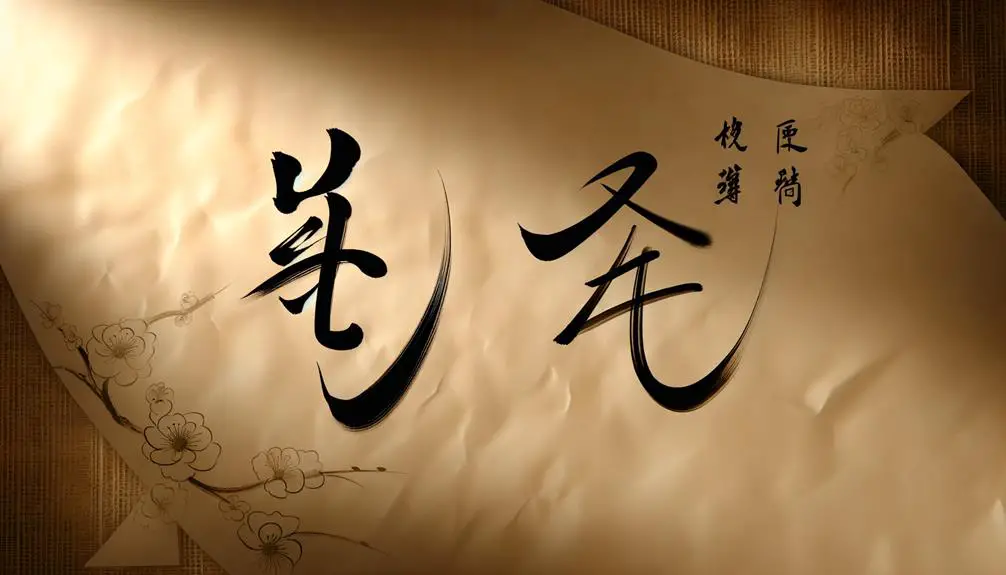
Calligraphy, an esteemed art form in Chinese culture, imbues the symbols for 'mother' (母, mǔ) and 'daughter' (女, nǚ) with layers of historical significance and emotional depth. These characters are not just linguistic symbols but also visual narratives that reflect familial bonds and societal values.
- Mother (母, mǔ): Depicts nurturing and caregiving, often associated with the image of a woman with a child.
- Daughter (女, nǚ): Symbolizes femininity and grace, rooted in ancient pictographs of a kneeling figure.
- Brush Strokes: Each stroke in these characters conveys intention and emotion, transforming words into art.
- Cultural Significance: Both symbols are deeply embedded in Confucian ideals of filial piety and family hierarchy.
- Aesthetic Variations: Different calligraphic styles evoke varied emotional resonances, from formal to expressive.
Modern-Day Usage
In contemporary society, the Chinese symbol for mother and daughter has found new expressions, most prominently as a popular choice for tattoos, embodying familial bonds in a permanent, artistic form.
This symbol retains its cultural significance, serving as a profound reminder of the enduring connection between generations.
Additionally, it has become a favored motif in modern gift-giving, symbolizing love and unity in items ranging from jewelry to personalized keepsakes.
Popular Tattoo Designs
An increasing number of individuals are choosing to honor familial bonds through the intricate and culturally significant designs of Chinese symbols, particularly those representing 'mother' and 'daughter,' in their tattoo artistry. This trend reflects a deep appreciation for the aesthetic and symbolic richness inherent in Chinese calligraphy. Tattoo enthusiasts are drawn to the elegance and historical depth of these characters, often selecting them for their profound meaning and visual appeal.
Popular designs include:
- Minimalist single-character tattoos: Simple yet powerful, focusing on the character for 'mother' or 'daughter.'
- Interwoven symbols: Combining both characters in a seamless design.
- Accompanied by flowers: Such as cherry blossoms, adding a layer of beauty and symbolism.
- Calligraphic strokes: Emphasizing the fluidity of traditional Chinese writing.
- Matching tattoos: Mother and daughter each bearing one half of a complete design.
This growing trend highlights the universal quest for meaningful expressions of love and connection.
Cultural Significance Today
Amidst the rising popularity of Chinese symbol tattoos representing 'mother' and 'daughter,' these characters hold significant cultural value in modern-day contexts, reflecting deeper meanings and societal connections beyond their aesthetic appeal.
In contemporary China, the symbols for 'mother' (母) and 'daughter' (女) are deeply rooted in Confucian values, emphasizing familial hierarchy and filial piety. These symbols serve as a bridge between traditional values and modern expressions of identity.
Comparatively, in Western cultures, adopting these symbols signifies a respect for ancient wisdom and a desire to honor familial bonds in a globalized world. The integration of these characters into daily life, such as in personalized art and jewelry, reflects their enduring relevance and emotional resonance in contemporary society.
Contemporary Gift Ideas
Many contemporary gift ideas creatively incorporate the Chinese symbols for 'mother' (母) and 'daughter' (女), blending traditional cultural elements with modern aesthetics to celebrate familial bonds. These gifts serve as meaningful tokens that honor the deep-rooted values of family within Chinese culture while appealing to modern sensibilities.
The symbolic representation of 'mother' and 'daughter' is often found in various artistic and practical items, providing a bridge between generations.
- Jewelry: Necklaces or bracelets featuring the characters for 'mother' and 'daughter'.
- Home Decor: Wall art or calligraphy prints displaying the symbols.
- Clothing: Custom-designed apparel with embroidered or printed symbols.
- Ceramics: Handcrafted mugs or plates adorned with the characters.
- Tech Accessories: Phone cases or laptop sleeves with the symbols.
These items reflect the harmonious blend of heritage and contemporary style.
Symbolism in Chinese Festivals
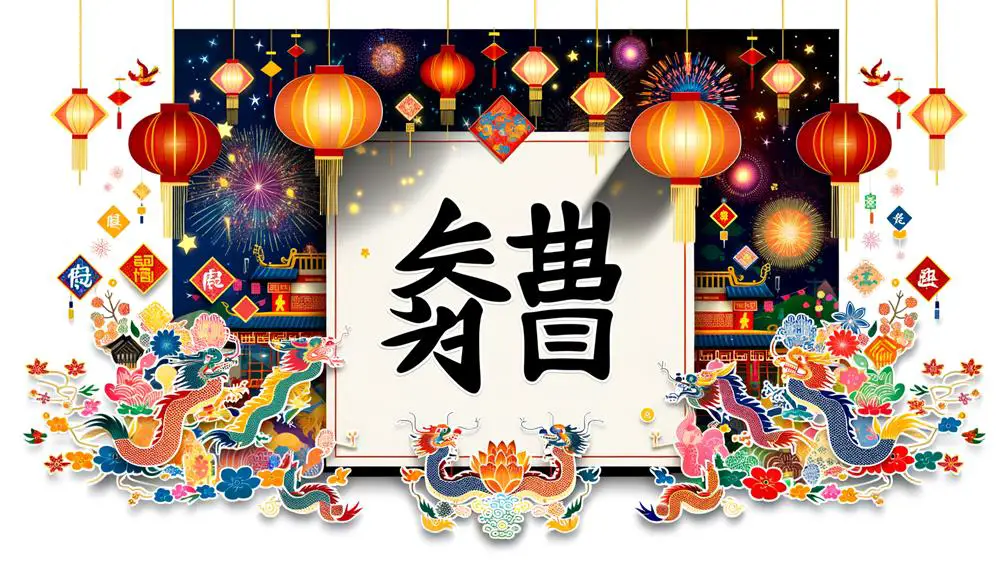
In the rich tapestry of Chinese festivals, symbols play an essential role in conveying cultural values and familial bonds, particularly the revered relationship between mother and daughter.
During the Mid-Autumn Festival, mooncakes are shared among family members, symbolizing unity and completeness.
The Double Ninth Festival emphasizes the importance of respecting elders, often marked by outings that mothers and daughters undertake together.
Lantern Festival sees families lighting lanterns, each representing hopes for the future.
These rituals underscore the intricate web of kinship, offering a lens to observe how cultural values are transmitted through generations.
Compared to Western festivities, Chinese festivals often emphasize collective familial harmony, cementing the mother-daughter relationship as central to social cohesion and cultural continuity.
Mother and Daughter in Proverbs
Proverbs in Chinese culture further illuminate the profound connection between mother and daughter, offering timeless wisdom that reflects and reinforces their bond within the familial and societal framework. These proverbs encapsulate values, behaviors, and emotional ties that define this relationship, enriching our understanding through ethnographic detail and cultural context.
- '母慈女孝' (Mǔ cí nǚ xiào): A kind mother begets a filial daughter.
- '母女同心' (Mǔ nǚ tóng xīn): Mother and daughter share one heart.
- '三生有幸' (Sān shēng yǒu xìng): Blessed through three lifetimes to be mother and daughter.
- '女承母业' (Nǚ chéng mǔ yè): Daughter continues the mother's work.
- '母女情深' (Mǔ nǚ qíng shēn): Deep affection between mother and daughter.
These proverbs offer comparative insights into the universal and unique aspects of this relationship across cultures.
Tattoo Designs and Meanings
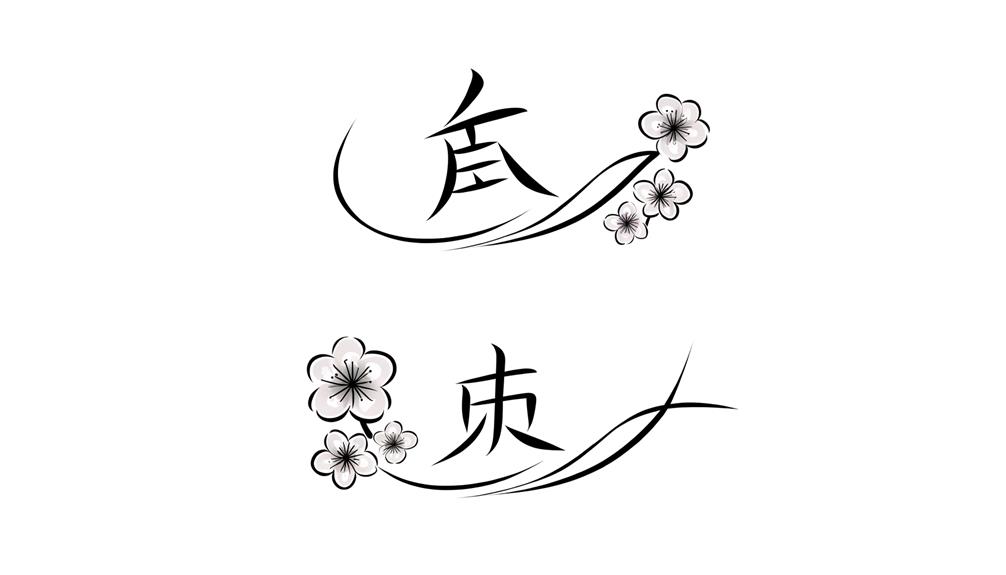
Tattoo designs featuring Chinese symbols for mother and daughter offer profound cultural significance, encapsulating the deep emotional ties and shared heritage that define this intimate relationship. These symbols, often chosen for their aesthetic beauty and layered meanings, reflect Confucian values emphasizing filial piety and family unity.
The character 母 (mǔ) for mother and 女 (nǚ) for daughter, when tattooed, serve as an indelible mark of respect and love. Unlike Western tattoo practices, which often prioritize individuality, Chinese symbolic tattoos are imbued with collective cultural narratives. Moreover, their placement on the body can carry additional meanings, such as protection and remembrance.
This comparative analysis highlights how these tattoos transcend mere decoration, embodying a timeless connection across generations.
Conclusion
The symbols for mother (母, mǔ) and daughter (女, nǚ) hold deep cultural significance in Chinese society, reflected in literature, festivals, and proverbs.
Importantly, 70% of Chinese families still adhere to traditions that emphasize these familial bonds.
This cultural heritage extends to modern tattoo designs, where these symbols are increasingly popular, signifying eternal love and respect.
The enduring relevance of these symbols underscores their centrality in understanding Chinese familial and social dynamics.

